Home > RemunerationGuide to Payment Schedules
Includes totals for the PAY001 and PAY002, regional payments and the contribution made to us as a member and how the final payment made to the bank is calculated.
Will be displayed on the front page showing the money being transferred to your supplied bank account as well as the pharmacy details, contractor number, name & address and if you are a member of CPS.
contains information on the majority of your income including your item numbers and average item value although this is no longer the basis for the advance payment which as of December 2014 was created to provide relief for contractors in respect of the two months when you experience the most cash flow pressure. You can find additional information on the advance payment in PCA(P)(2014)24
Details Health Board specific related payments, if you have any questions regarding these you can either contact us or speak with your Health Board.
Shows your payments for national services and any adjustments made in a particular month. These adjustments are listed as codes and you can use this guide to establish what they refer to. If there are codes you do not recognise, please do not hesitate to get in touch with us.
Shows from the supplementary services payments any item adjustments from PSD errors which can be seen as positives and negatives. These adjustments are detailed by item, reporting what was originally paid, what should have been paid and the adjustment being made.
Is the total OOPs as detailed in the summary and PAY001 reports. It is split into two tables, the first relating to items that are not held on file by PSD (dummy items) and those that are and will detail what was claimed and paid.
If the claimed and paid amounts do not match, please check that they are not included in the Drug Tariff as OOPs are not allowed for these items. Please remember that when claiming OOPs that the electronic message is the primary source of payment and where applicable if there is no endorsement, OOPs will not be paid.
Details items that have been reimbursed greater than £200 to allow you to monitor lines of more value.
Highlights the count of forms and items you submitted with your submission against the number paid. Bundle part “W” can either mean 1 whole submission or an extra batch made from MCR, UCF or MAS claims made in the dispensing month or if there were additional prescription forms sent in late and therefore classed as an extra batch. The count of actual paid items does not include rejected items, not collected items and registrations forms.
It will also allow you to see the number of patient charge deductions made in that month.
Gives the full breakdown of items not held on file by PSD and the item name has been displayed for your reference.
Are those that have been disallowed for payment for reasons such as not being in the drug tariff, blacklisted or other reasons specific to PGD’s and form types. You can find more information on our disallowed items page.
Is the payment received for the scanning rate achieved. In order to achieve payment at least 80% of all AMS items must be claimed electronically including care home, instalment and stoma claims. Where there has been an issue reported to the ePharmacy Helpdesk in scanning, adjustments for these payments are paid in arrears.
Shows the number of patients registered for MAS, the banding and payment calculation.
Details the number of MCR registered patients and assessed registrations, as well as the MCR payment, pool contribution, capitation information and payment advice.
Reflects the number of patients registered for the various stages of the smoking cessation cycle and the total number of EHC patients.
Displays the MCR Pool Contribution and figures used to work out payment, the ESP (if applicable) and the target for your Service Efficiency payment.
We worked with National Services Scotland to produce monthly eCharts on some key areas of the eSchedules such as final payment and average item, total standard, instalments and MCR items, Q&E and covering a 13-month period allowing you to visualise trend information. The eCharts will be sent out each month as an addition to your Monthly eSchedules.
The reports are generated in Online Reporting and available to run individually by you, if for example you want to distribute just one aspect of them.

